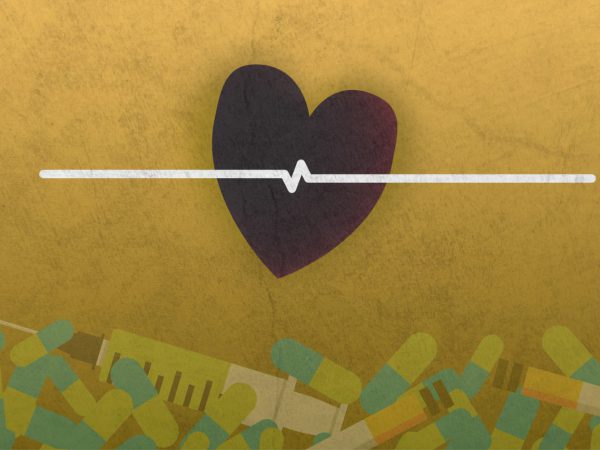Indiana stands at the height of a twin addiction epidemic fueled by the rise of opioids and stubbornly persistent tobacco use in our state.
Today more Hoosiers die from drug overdoses than auto accidents each year. The death toll from smoking equates to more than two fatal 747 airplane crashes each month. And we’re outpacing other states in our abuse of opioids and tobacco, ranking among the nation’s worst for the number of drug overdose deaths and percentage of residents who smoke.
These findings were captured in two reports released by the Richard M. Fairbanks Foundation. They should provide a wake-up call to action.
Consider some other key findings of the reports:
- The number of overdose deaths, driven largely by heroin and prescription pain medicine, has risen sharply in Indiana to 1,152 in 2014.
- More than 11,000 Indiana residents die annually because of tobacco use, and another 1,400 die from exposure to secondhand smoke.
- Drug overdose deaths in 2014 cost more than $1.4 billion in medical expenses and lost lifetime earnings for victims, and tobacco puts an estimated $4.2 billion annual burden on the state’s health care system.
- Smoking also costs Indiana employers $2.6 billion annually due to factors like lost productivity, absenteeism and greater disability claims.
Behind all of these numbers are myriad stories – of injured athletes addicted to prescription pain medicine, employees whose frequent smoke breaks damage productivity, and family members devastated by a loved one’s heroin use.
A broad range of actions will be required to address these issues, from increasing education efforts about the dangers of opioid abuse to examining effective policy changes other states have executed to curb tobacco consumption.
Opioid and tobacco addiction are not just a public health issue. They affect all of us and are a detriment to the economic well-being and quality of life in our communities. Addressing them requires all of us, too.
Read a full version of this article in the Louisville Courier-Journal.



